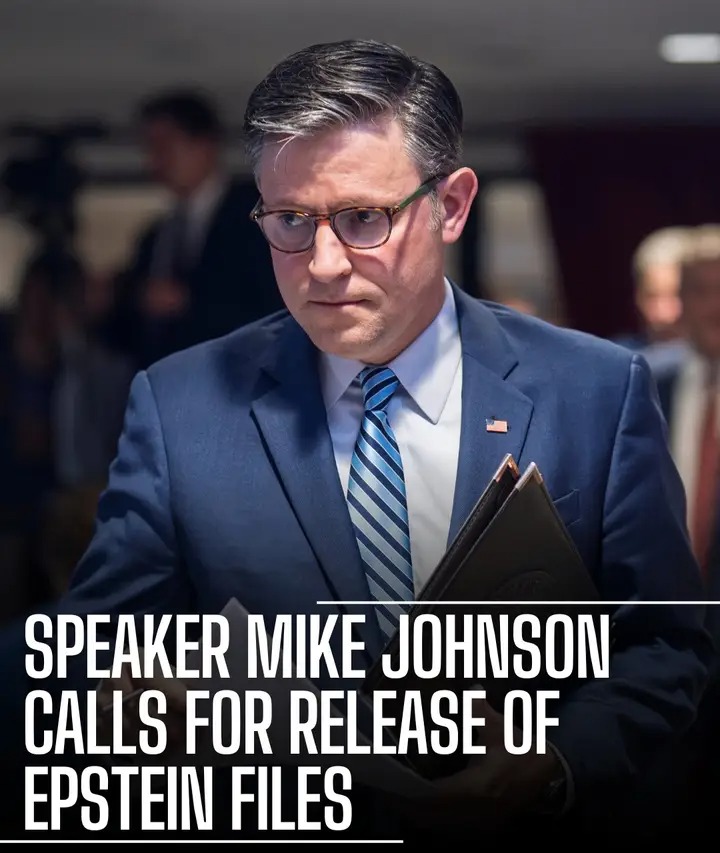Los Angeles Faces Legal Backlash Over Palisades Fire Response and Water Shortages
The Los Angeles Department of Water and Power (LADWP) has enlisted the services of a prominent law firm to address a wave of lawsuits filed by residents affected by the devastating Palisades Fire. The lawsuits allege that the department’s negligence, particularly the near-empty state of the Santa Ynez Reservoir during the fire, significantly hindered firefighting efforts. Despite prior warnings about dry conditions and the abundance of flammable brush in the area, the reservoir was reportedly offline for maintenance when the fire broke out, leaving firefighters with limited resources to combat the blaze.
Residents argue that while the LADWP did implement some preventive measures, such as trimming grass on its properties, these actions were insufficient to mitigate the risks posed by the extreme drought conditions. The lack of readily available water from the reservoir is seen as a critical failure, exacerbating the fire’s spread and resulting in widespread destruction. Thousands of homes were lost as the fire consumed approximately 24,000 acres, with a separate blaze, the Eaton Fire, ravaging an additional 14,000 acres on the east side of Los Angeles County.
The LADWP’s decision to hire a high-profile law firm, reportedly charging nearly $2,000 per hour, underscores the gravity of the legal challenges it faces. Among the plaintiffs are several high-profile residents, including reality TV stars Spencer Pratt and Heidi Montag, who claim the department’s mismanagement directly contributed to the fire reaching their properties. The lawsuits highlight the broader frustration among residents who feel that more could have been done to prevent the disaster.
The Palisades Fire has reignited debates about wildfire preparedness and resource management in California, a state increasingly vulnerable to such catastrophes due to climate change and prolonged drought. Critics argue that the LADWP’s failure to ensure adequate water reserves during a high-risk period reflects systemic issues in how the region addresses wildfire threats. The legal battles ahead are likely to set precedents for how utility companies and government agencies are held accountable in the face of natural disasters.
As the community grapples with the aftermath of the fire, the lawsuits serve as a stark reminder of the human and environmental costs of inadequate planning. The outcome of these legal proceedings could have far-reaching implications for wildfire response strategies and the responsibilities of public utilities in safeguarding communities against future disasters.






